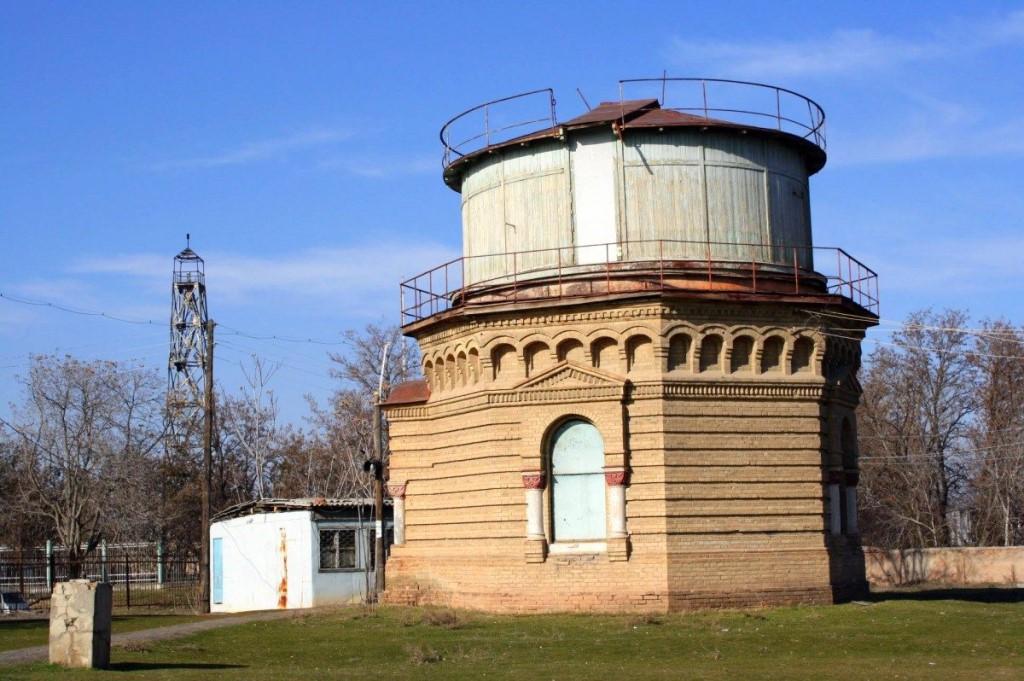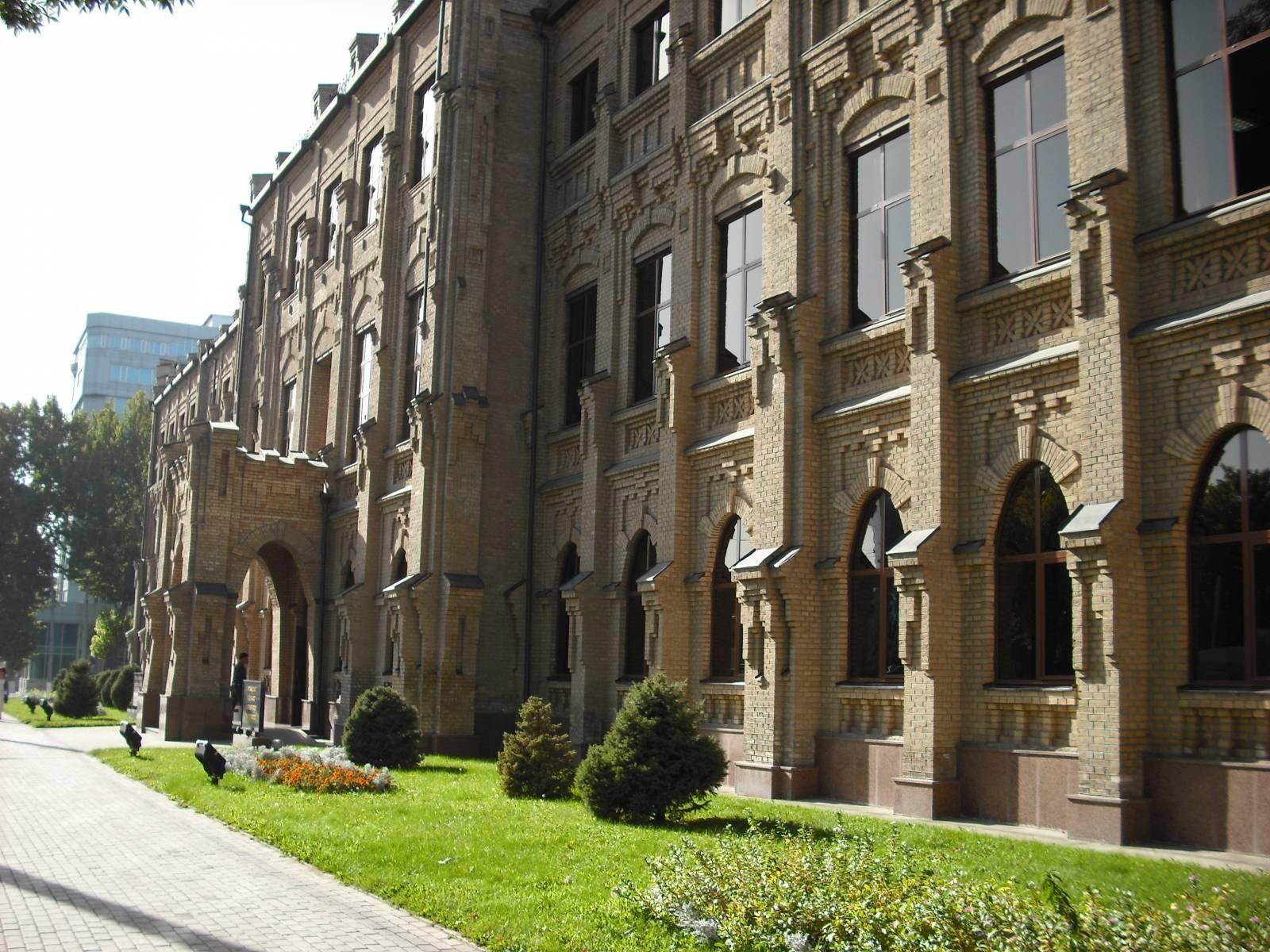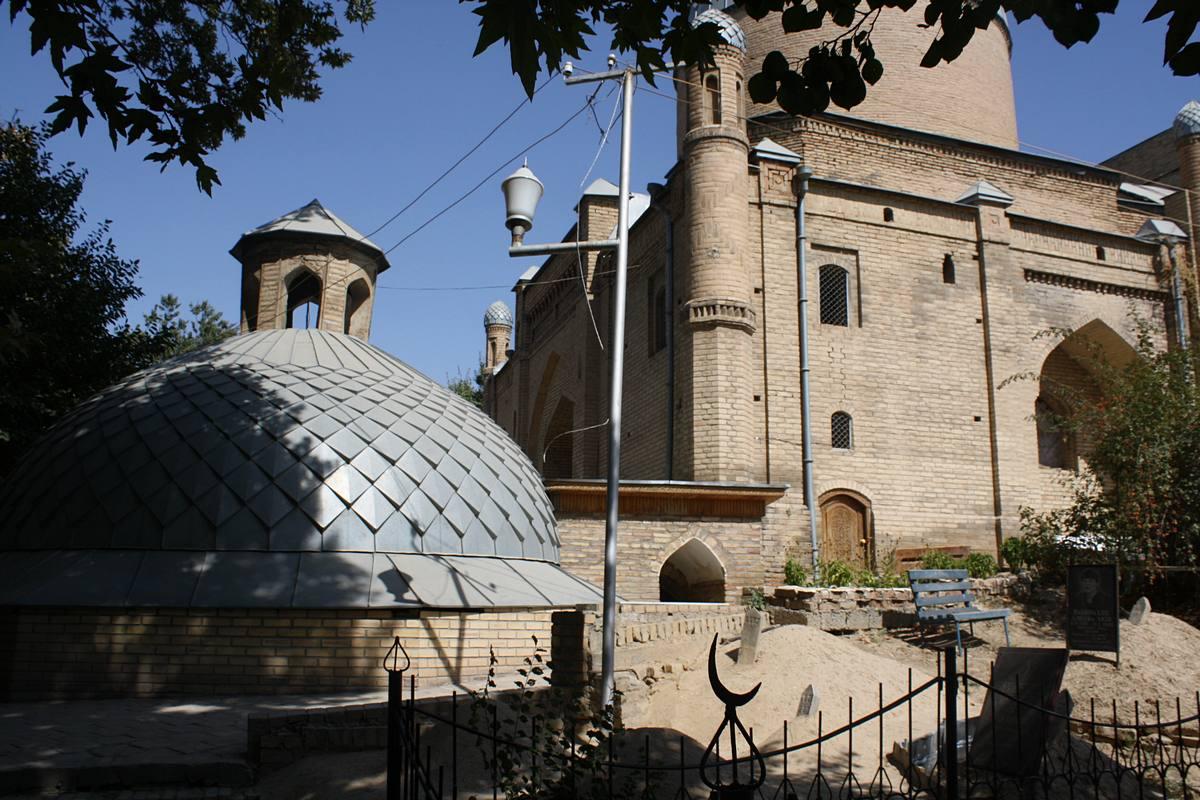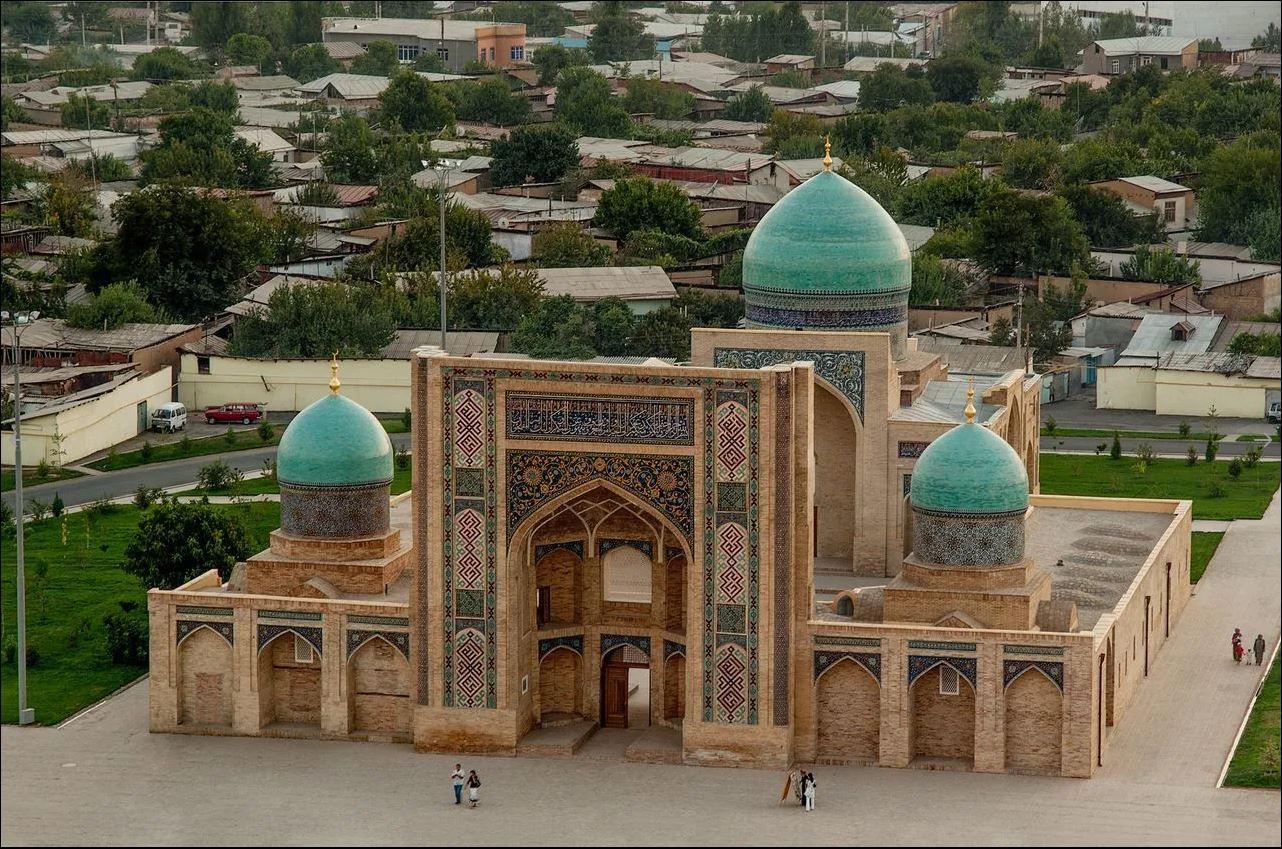
In 1870, the military leadership of Tashkent decided to build an observatory. In 1872, a suitable site was found outside the city—in the Ak-Kurgan area. The land was purchased from its owners, and construction of telescope buildings soon began. In 1873, the refractor began operating—this year is considered the founding year of the observatory.
At
that time, the main task of the astronomical service was to provide the
military with accurate maps showing the coordinates of populated areas. The
clear Tashkent sky also enabled high-quality observations of celestial bodies
for scientific purposes.
In
1895, architect V. S. Heinzelman built a beautiful telescope building that has
survived to this day. Plans to create a new park on the observatory site
include reconstructing this historic structure.
In
the 1880s, the observatory, as a source of precise time, was connected by
telephone wire to the Tashkent Fortress. Every day at exactly noon, a cannon
shot rang out, by which Tashkent residents set their clocks.
The
mechanisms for determining and maintaining precise time, located deep
underground, proved useful during the war years when all Soviet Union
observatories were on German-occupied territory. Precise time signals were
essential for coordinating the actions of the military, scientists, and
industry.
In
1966, the Tashkent Observatory was transformed into the Astronomical Institute
of the Academy of Sciences of Uzbekistan.
The
territory of the Astronomical Institute, through which the Ak-Kurgan canal
flows, remains beautiful and picturesque. A flower park is currently being
created here.

The beautiful, historic brick building located at the intersection of Istiqbol and Shahrisabz Stre...

Sheikh Zaynuddin (also known as Zayniddin), the patron saint of Tashkent, was born in Baghdad in t...

In 2007, the Hastimam or Hazrati Imam complex was opened in honor of the great theologian and schol...

The architectural complex "Marifat Markazi" (Center of Enlightenment), built on Navoi Street for th...